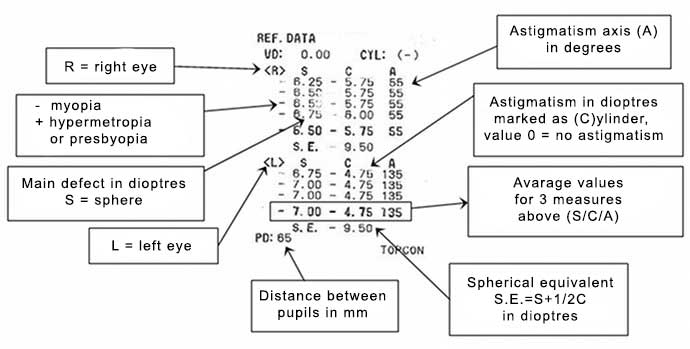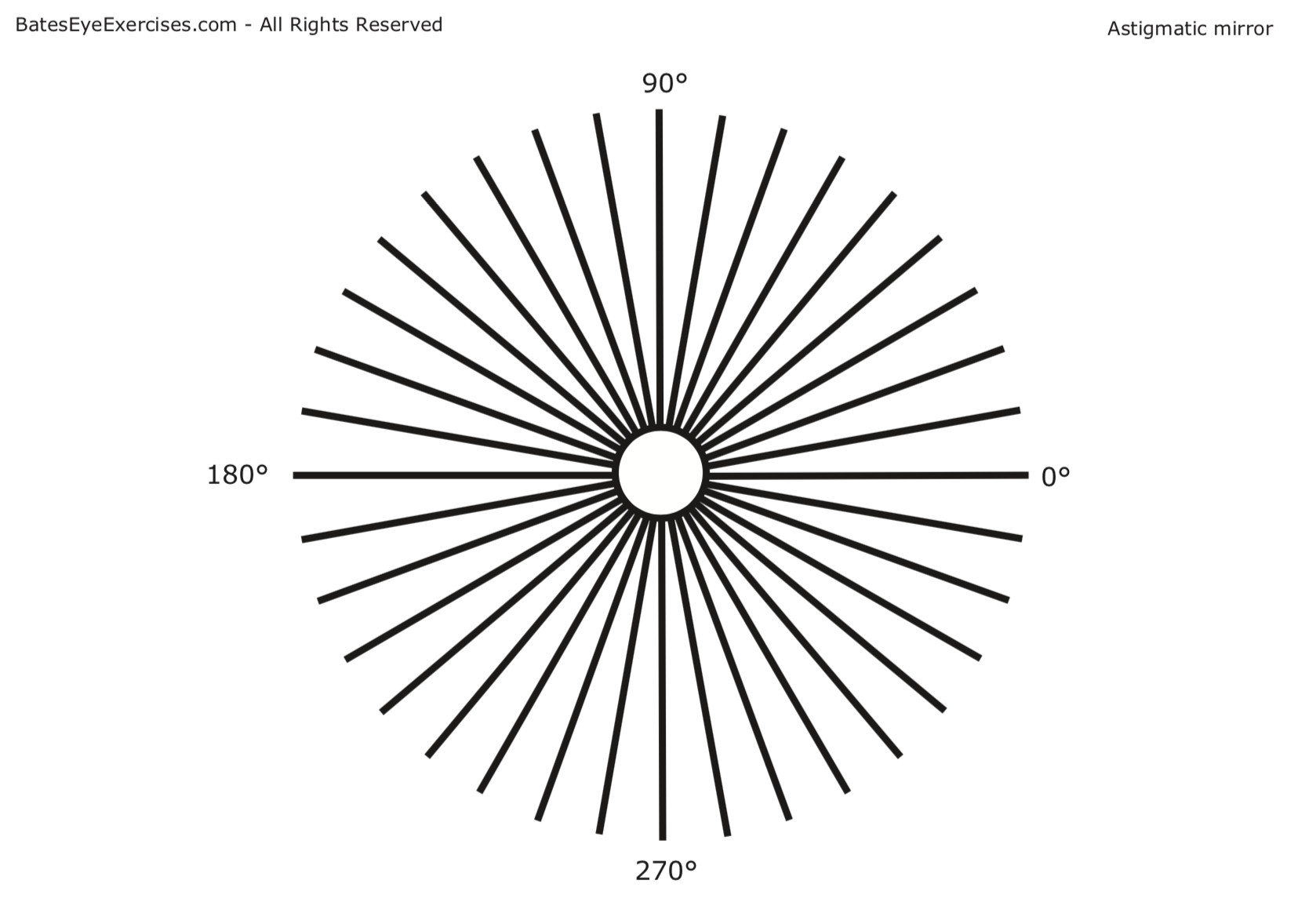
An eye doctor visit is the simplest method for determining your vision problem. However, I must warn you right away that very few doctors can objectively approach the topic of vision exercises. Don't let this discourage you. The purpose of this visit is solely to determine your vision problem, and that's what you should ask your eye doctor for. It's not only about identifying basic vision problems like nearsightedness or astigmatism, but also issues like convergence problems, strabismus (including hidden forms), or amblyopia (lazy eye). Therefore, it's worth choosing a good doctor, preferably private, who will determine all your vision problems without unnecessary discussions.
During an eye examination, the doctor will usually also check the pressure in your eyeball and determine if you suffer from diseases like glaucoma, cataracts, etc. In case of an atypical or severe vision problem, ask your eye doctor if you can safely perform the exercises presented here.
This website is not responsible for performing the exercises presented here. In any case, consult an eye doctor to make sure that performing these exercises is safe for you.

